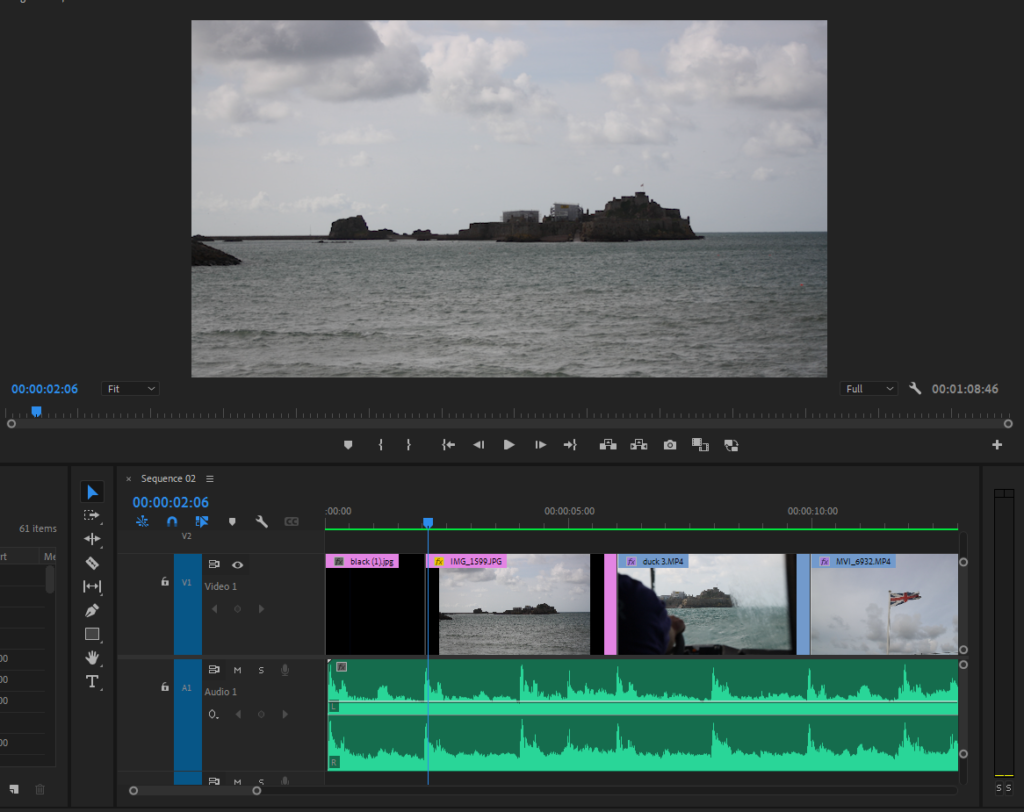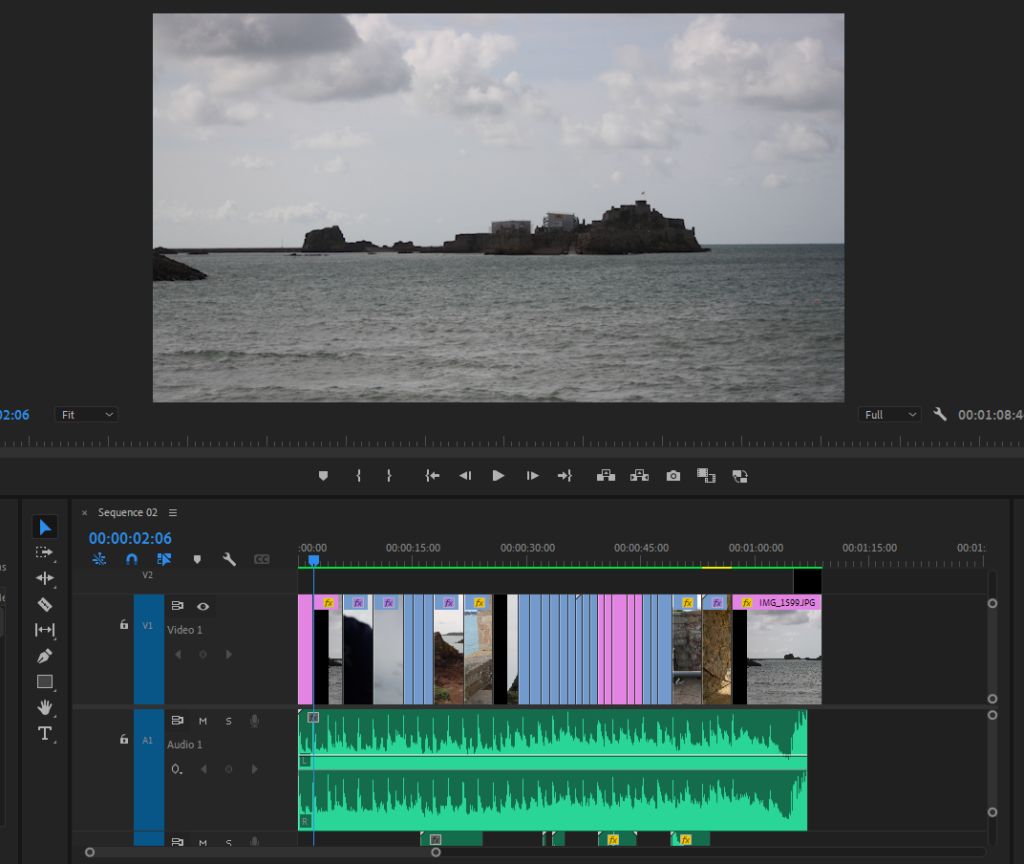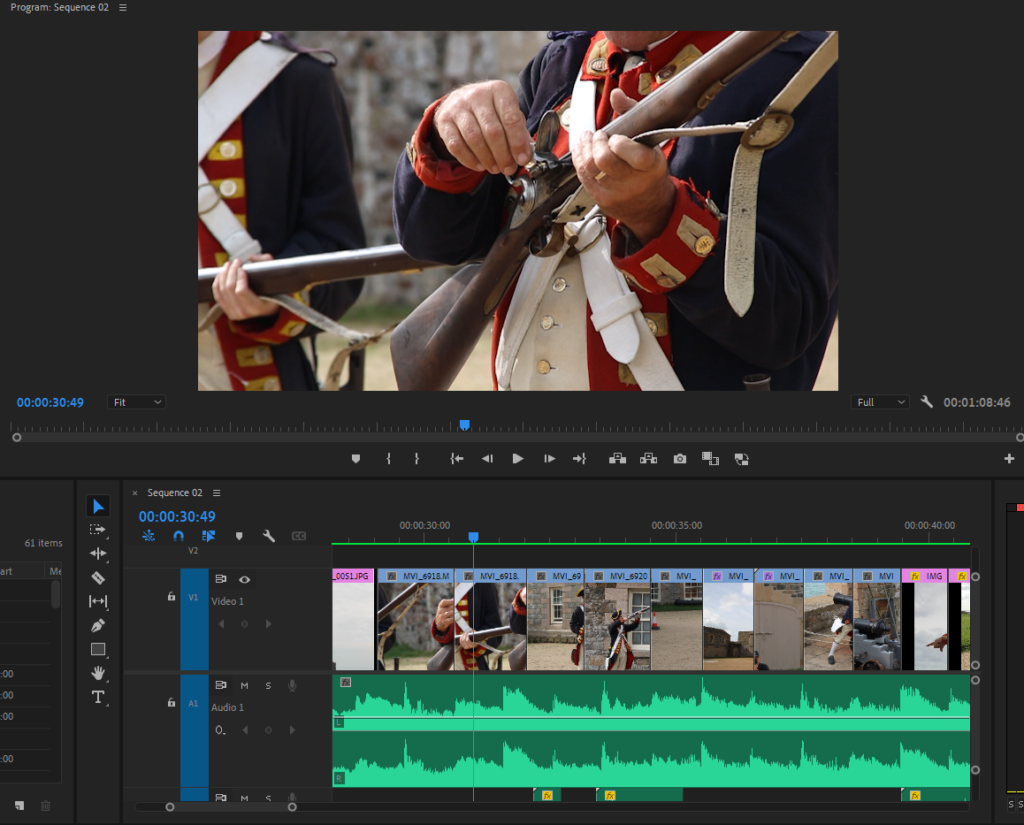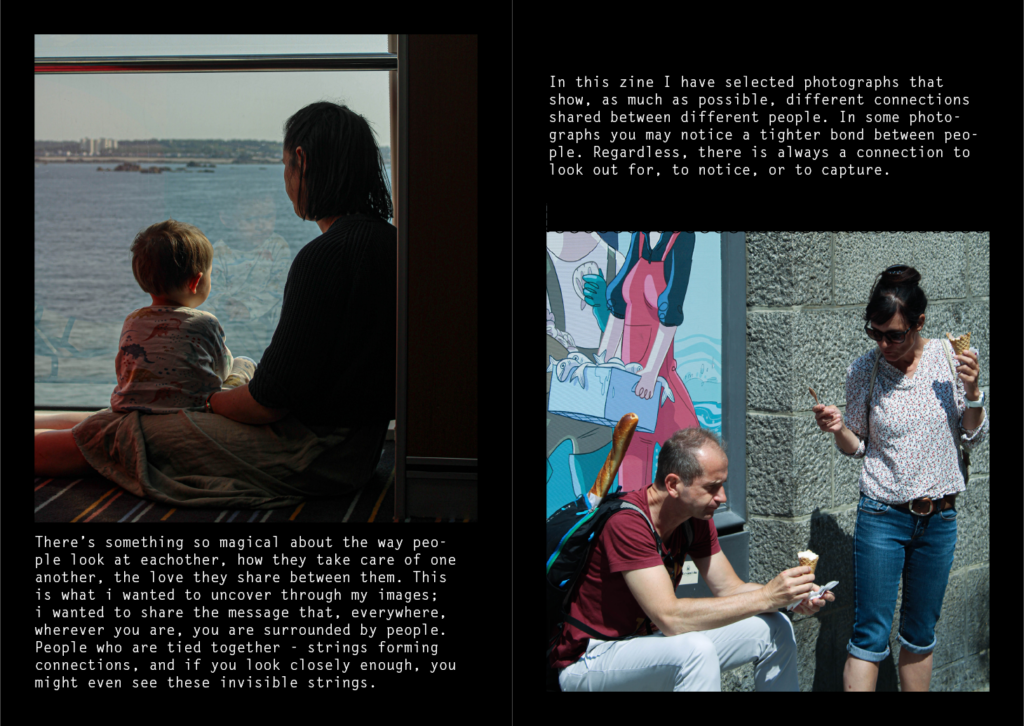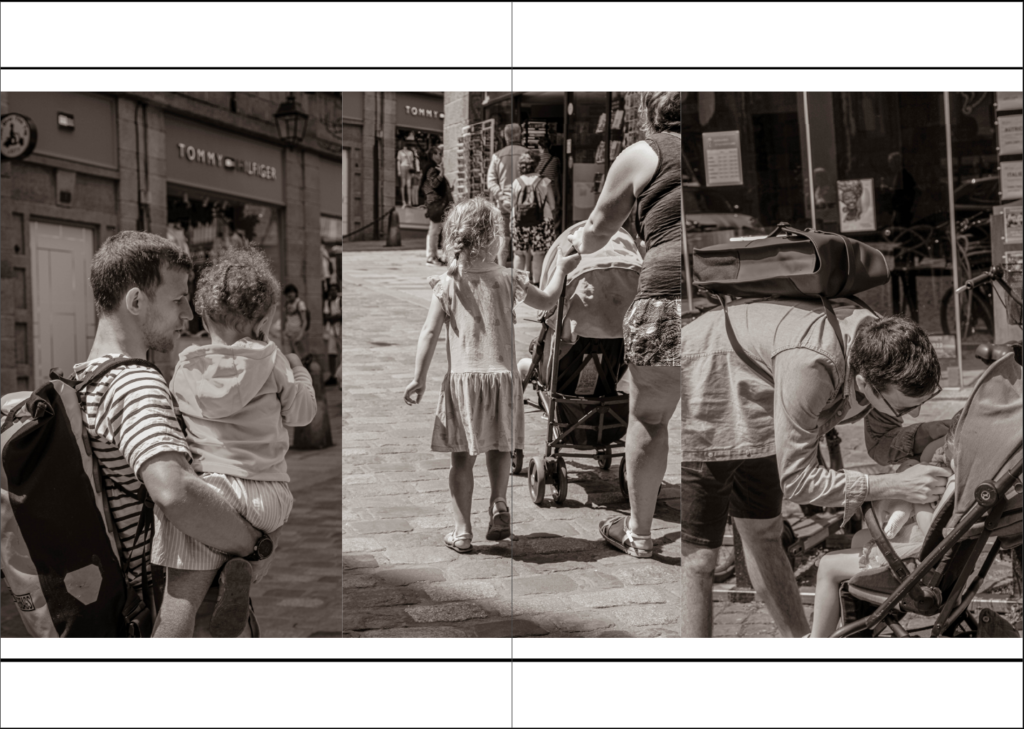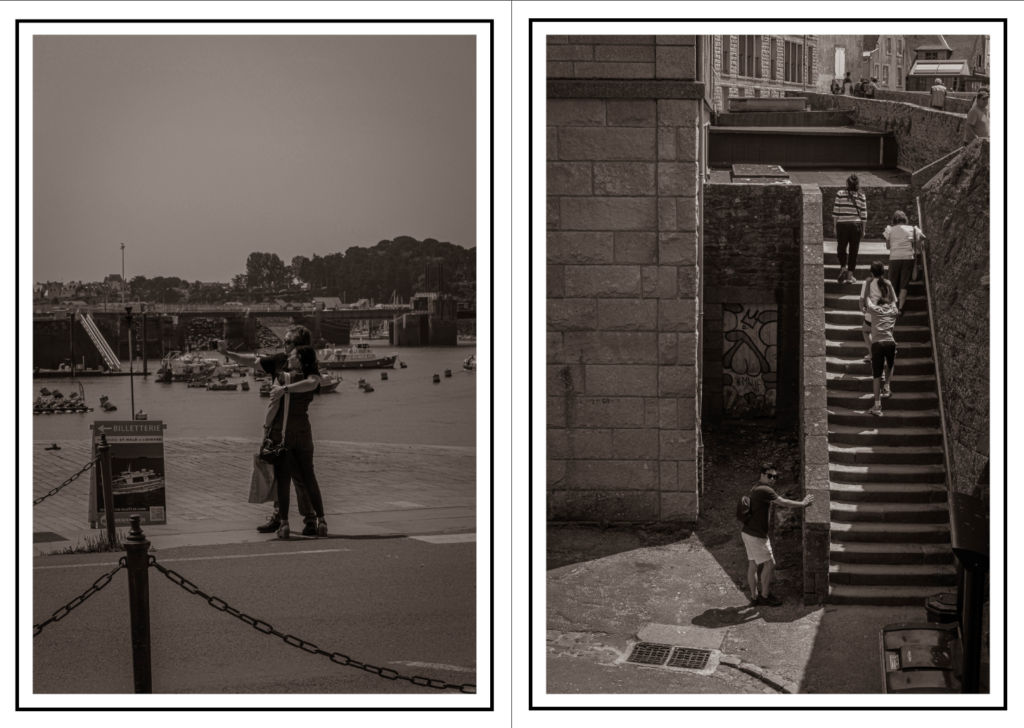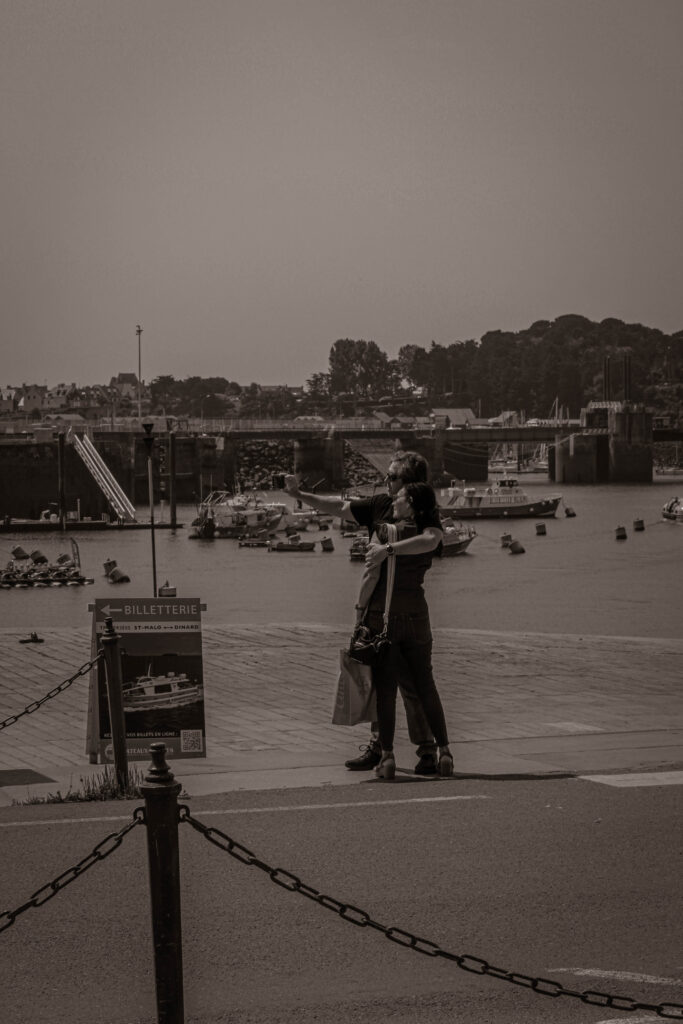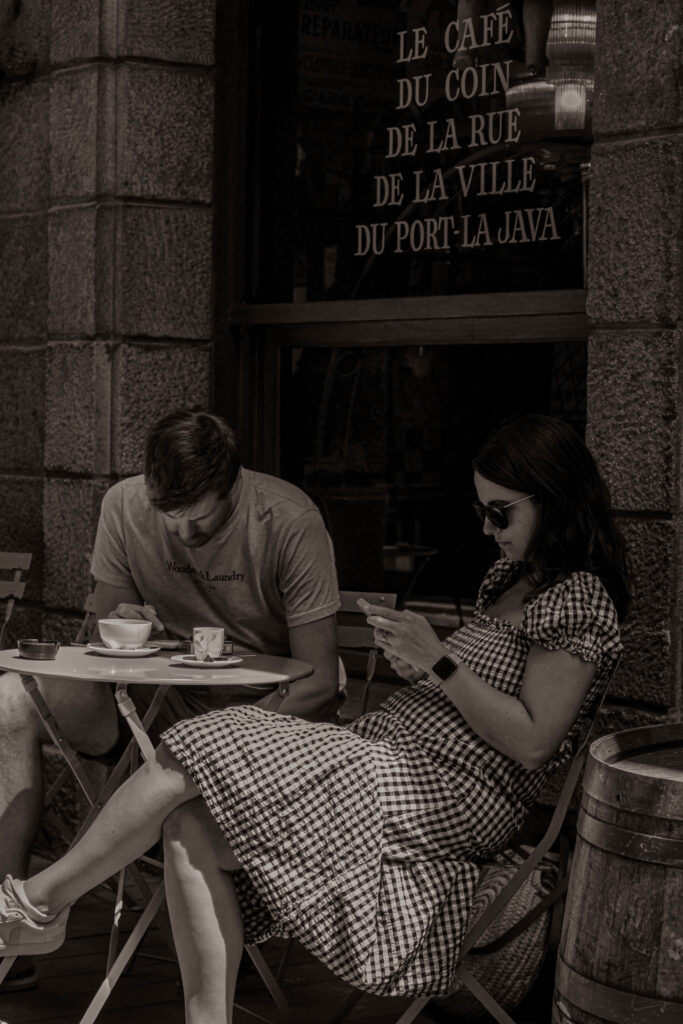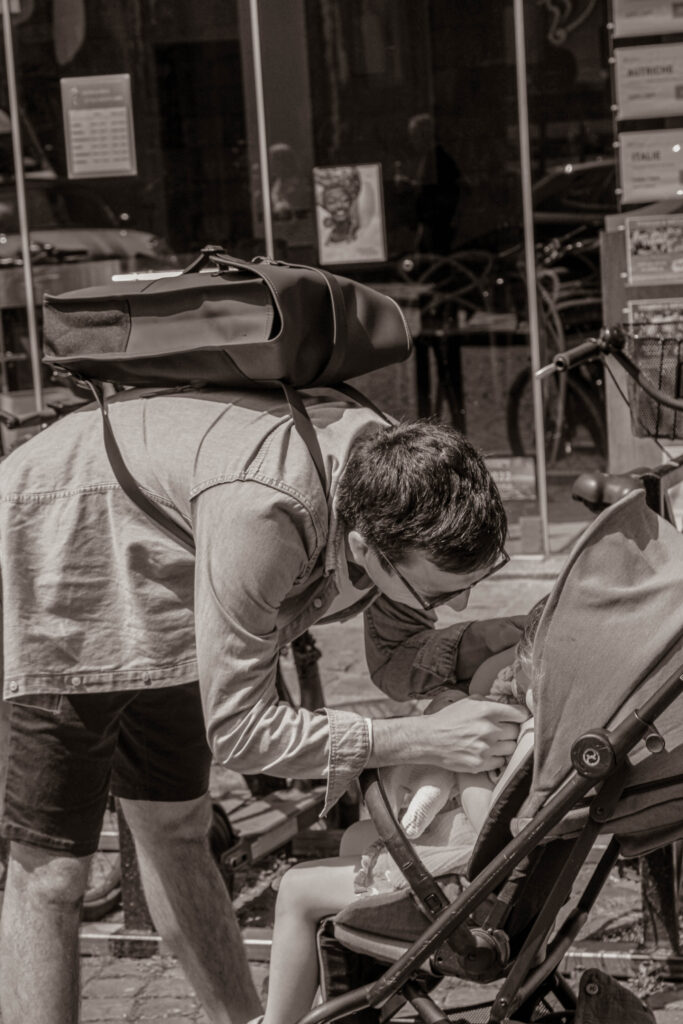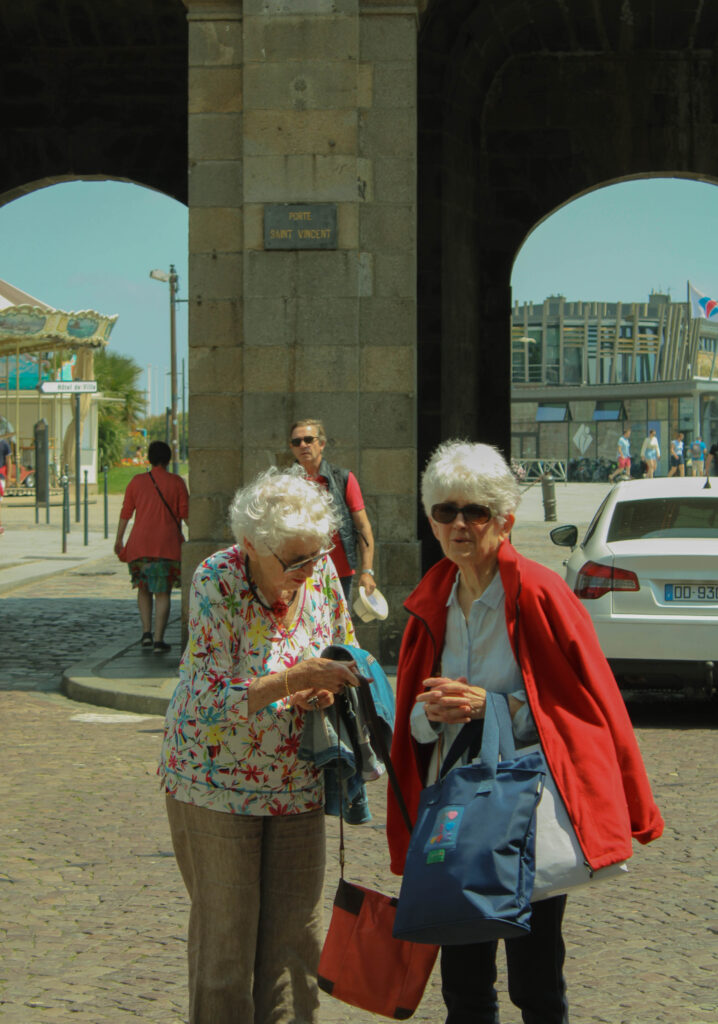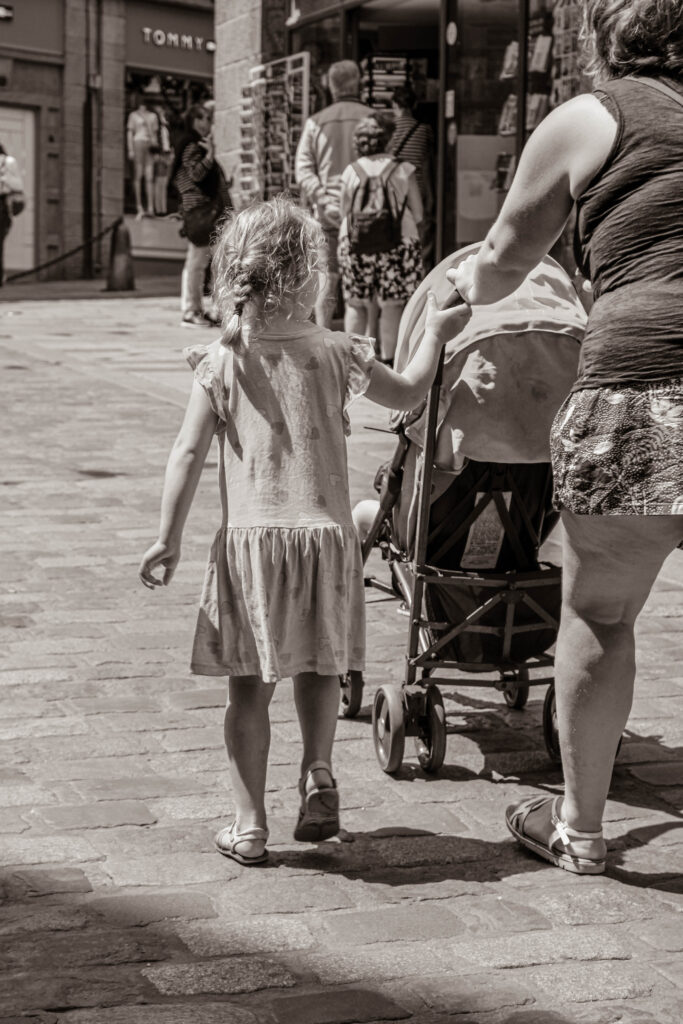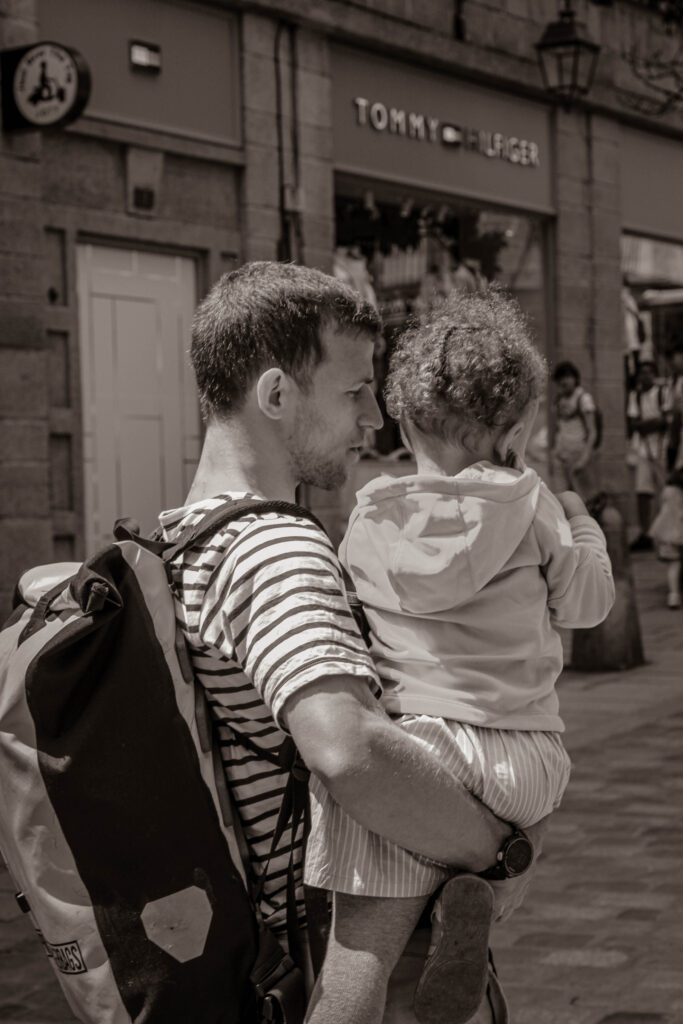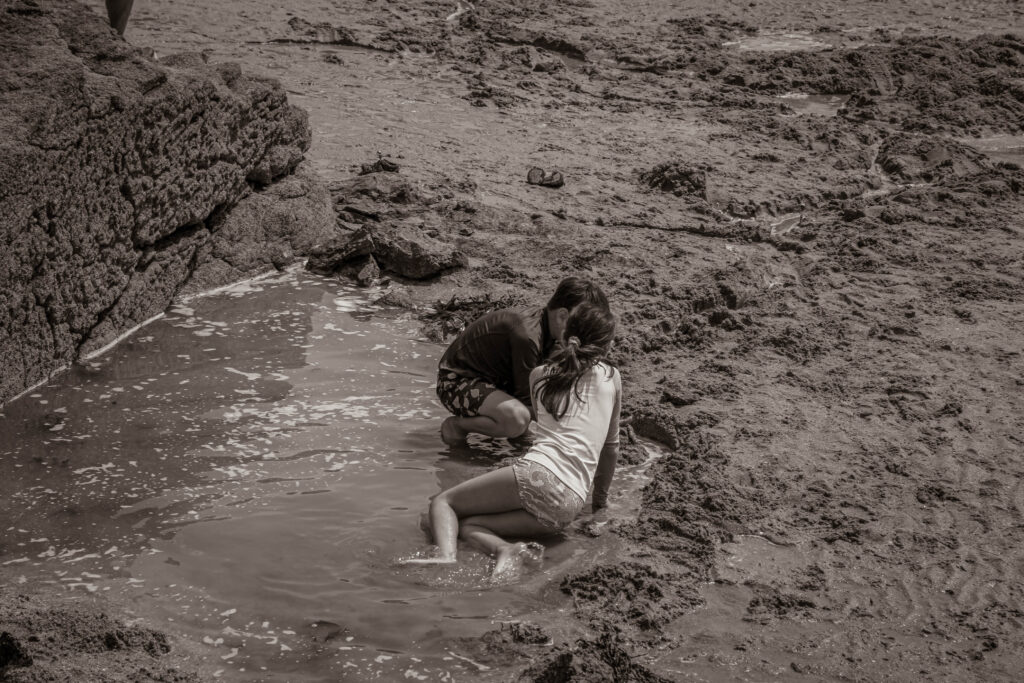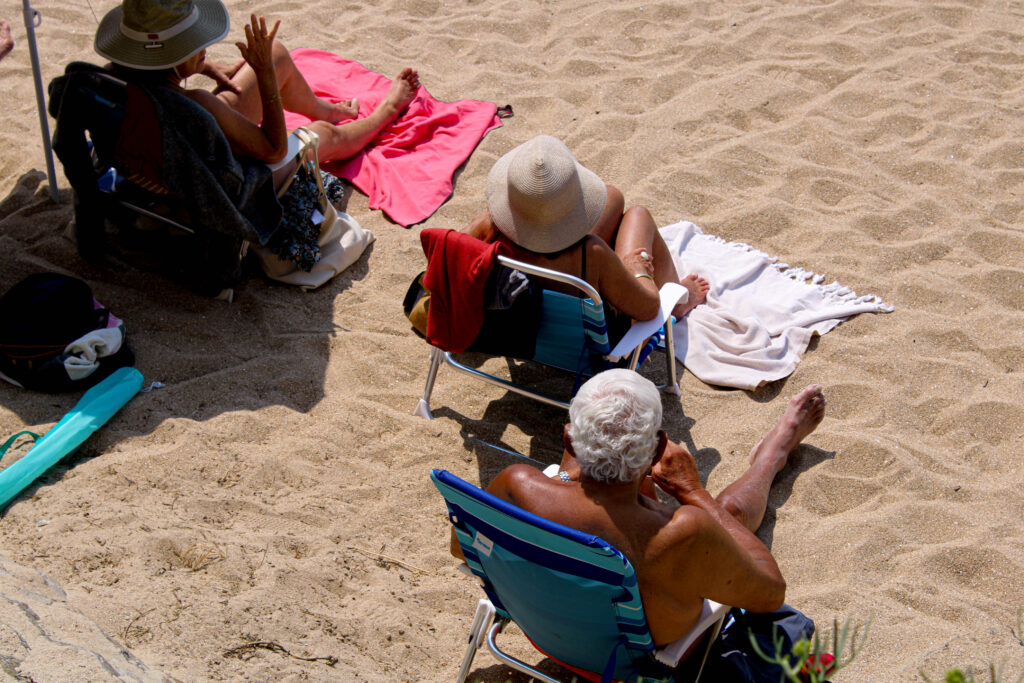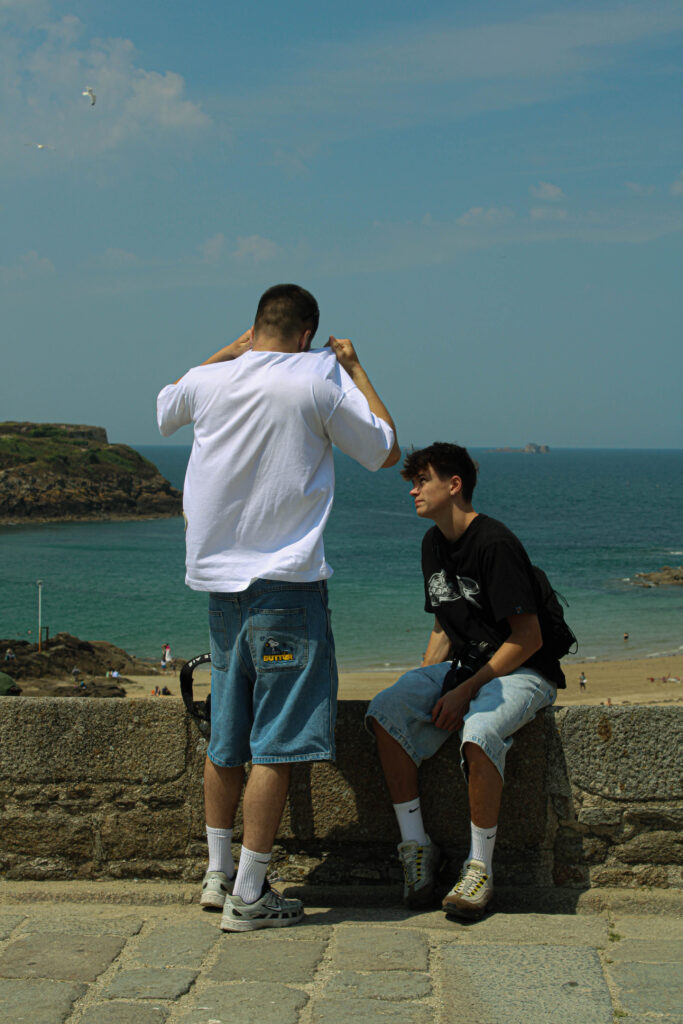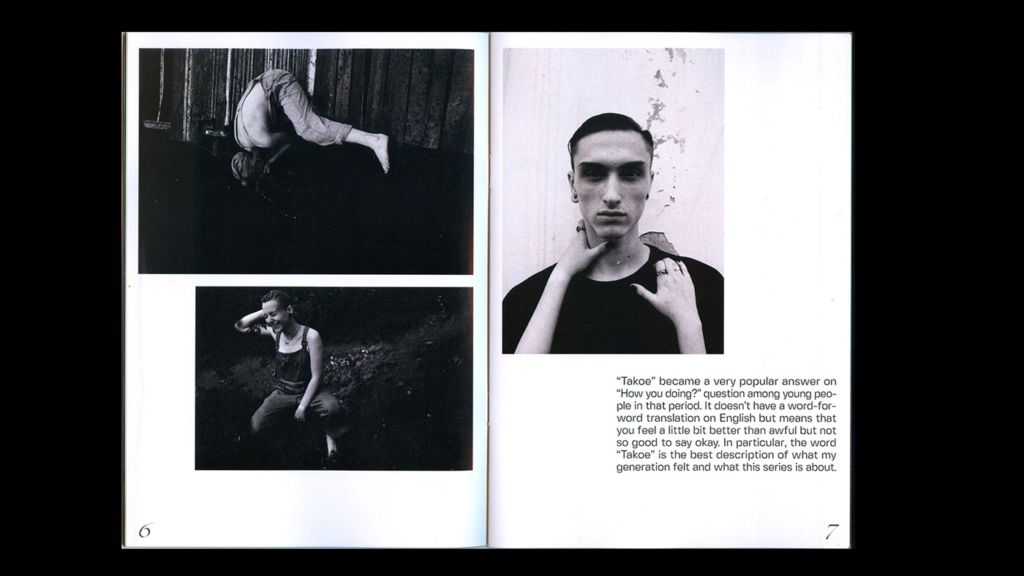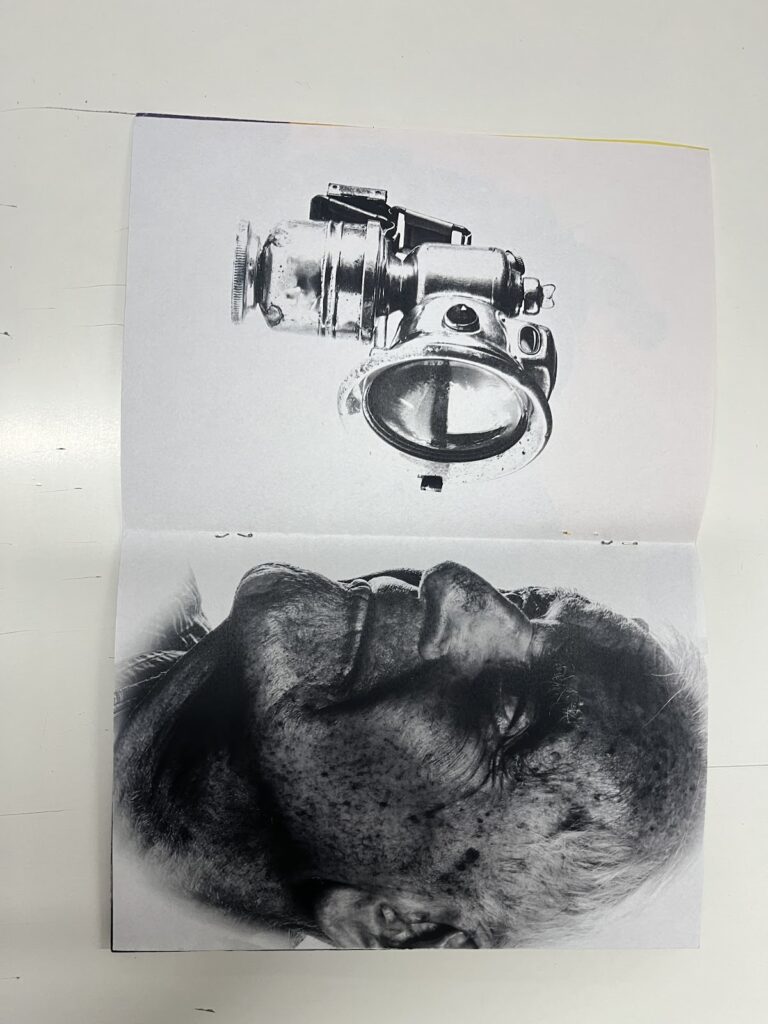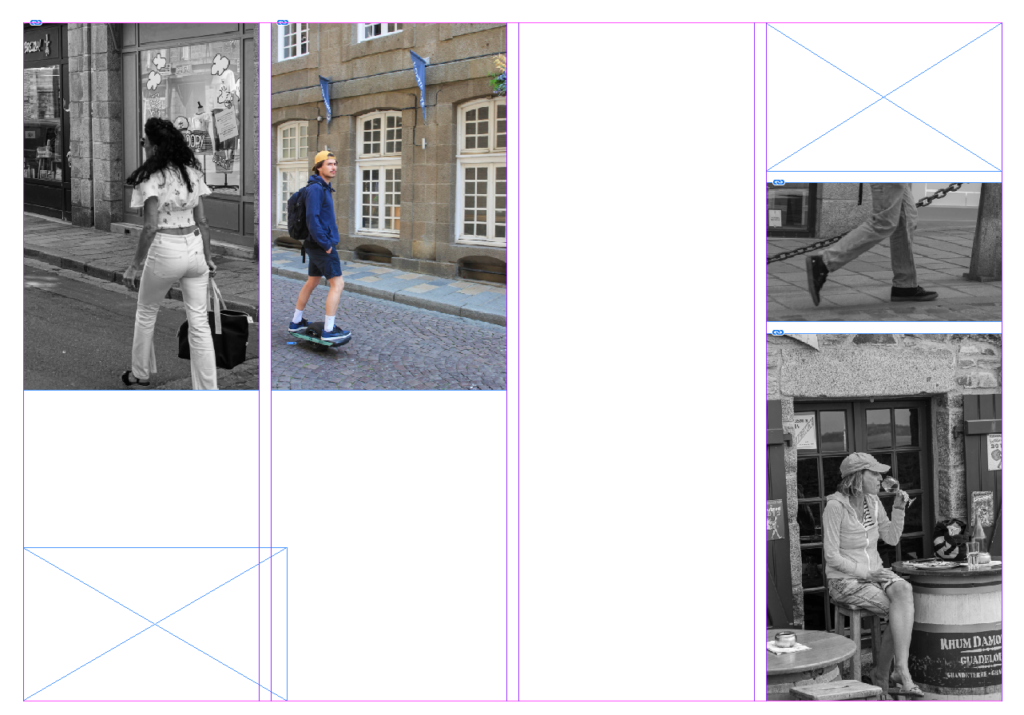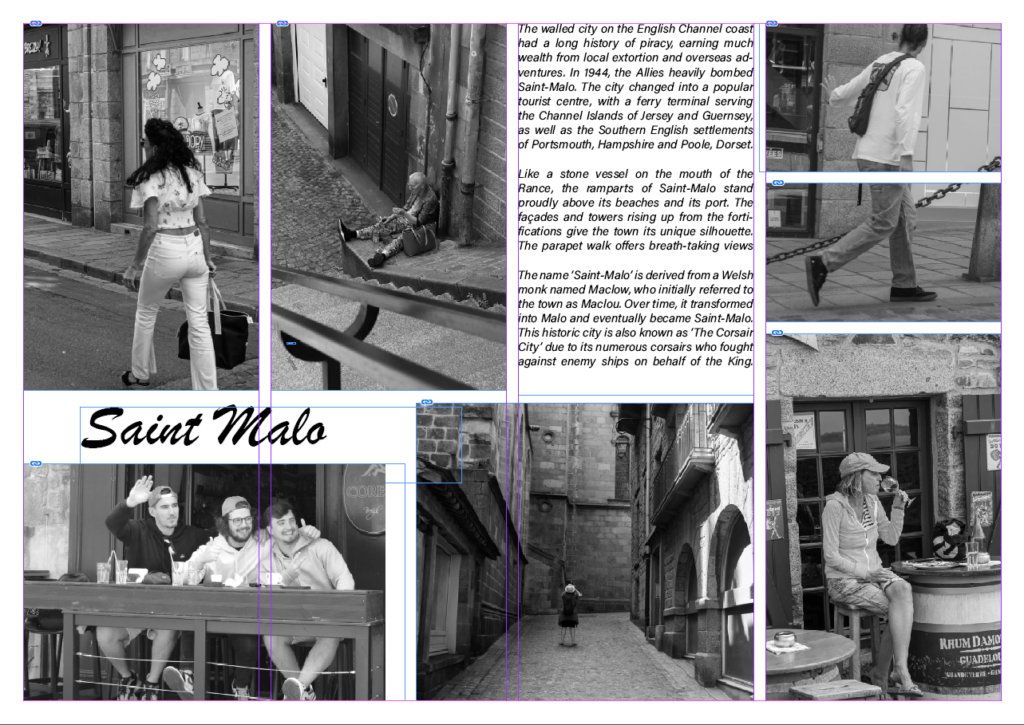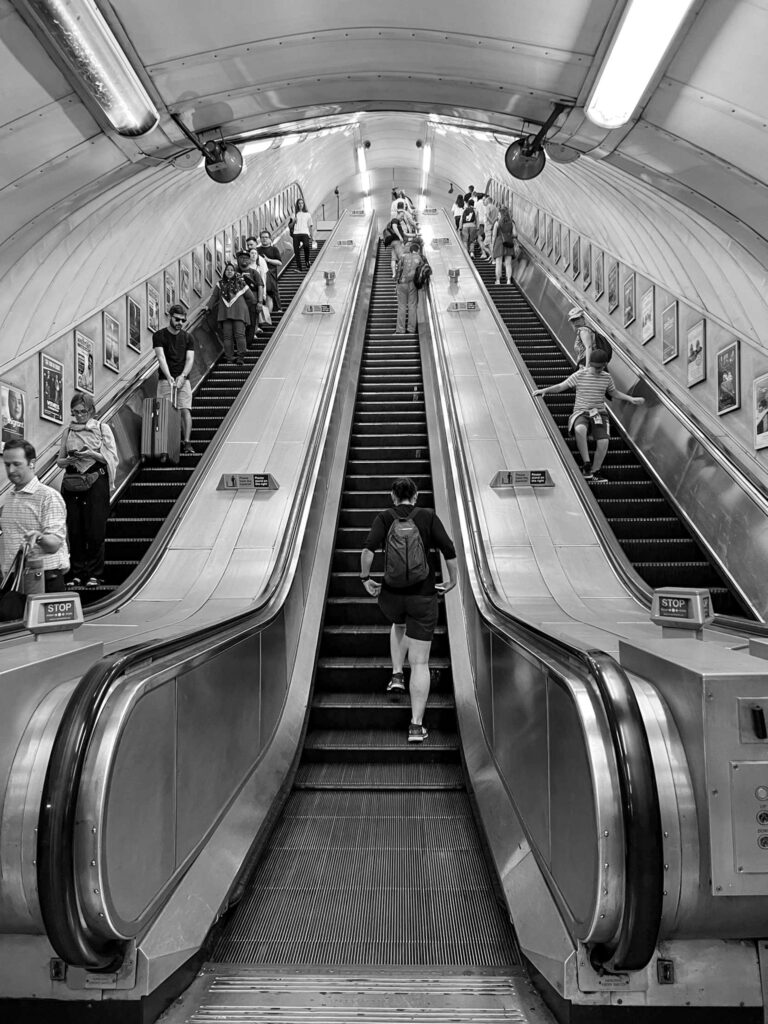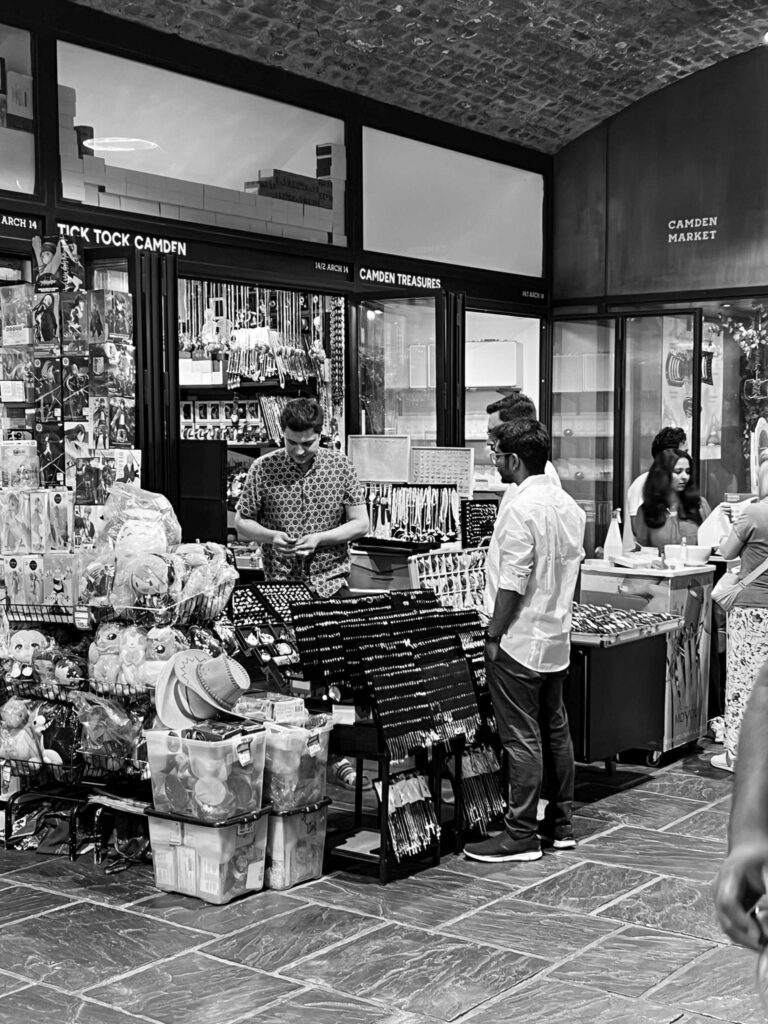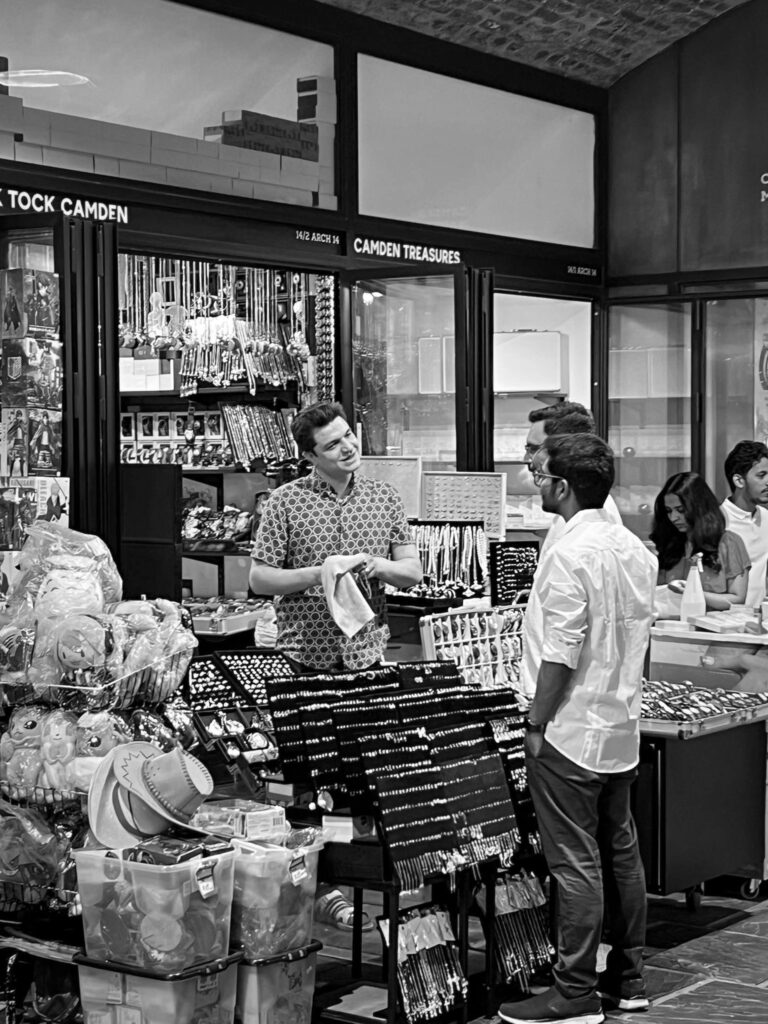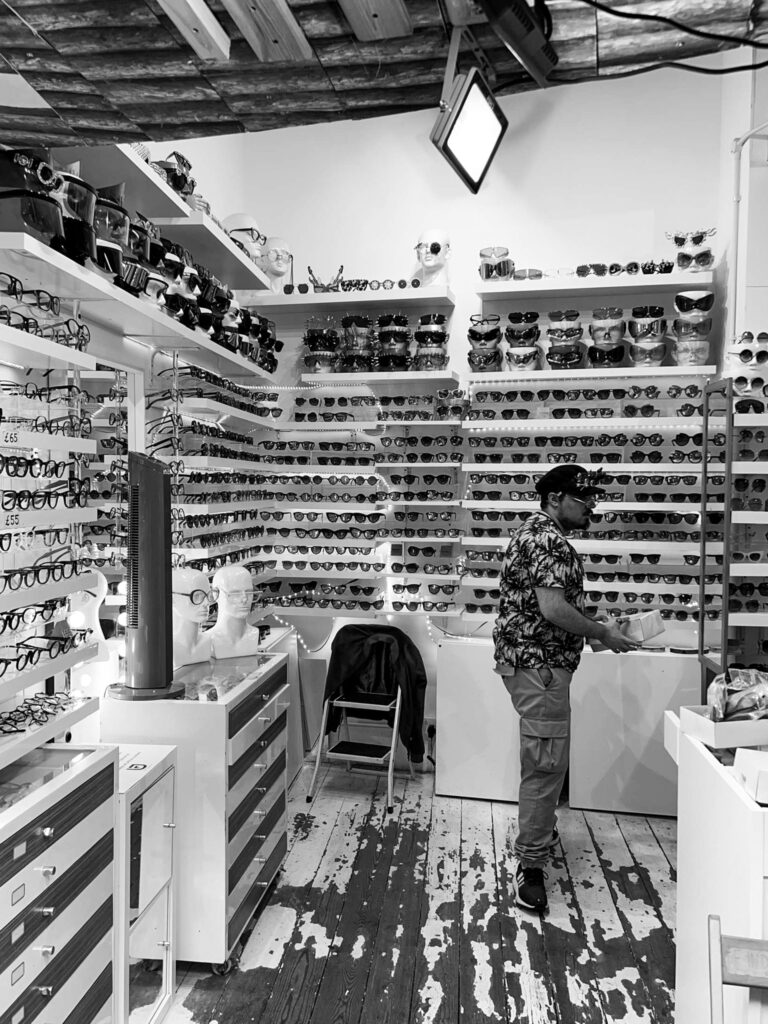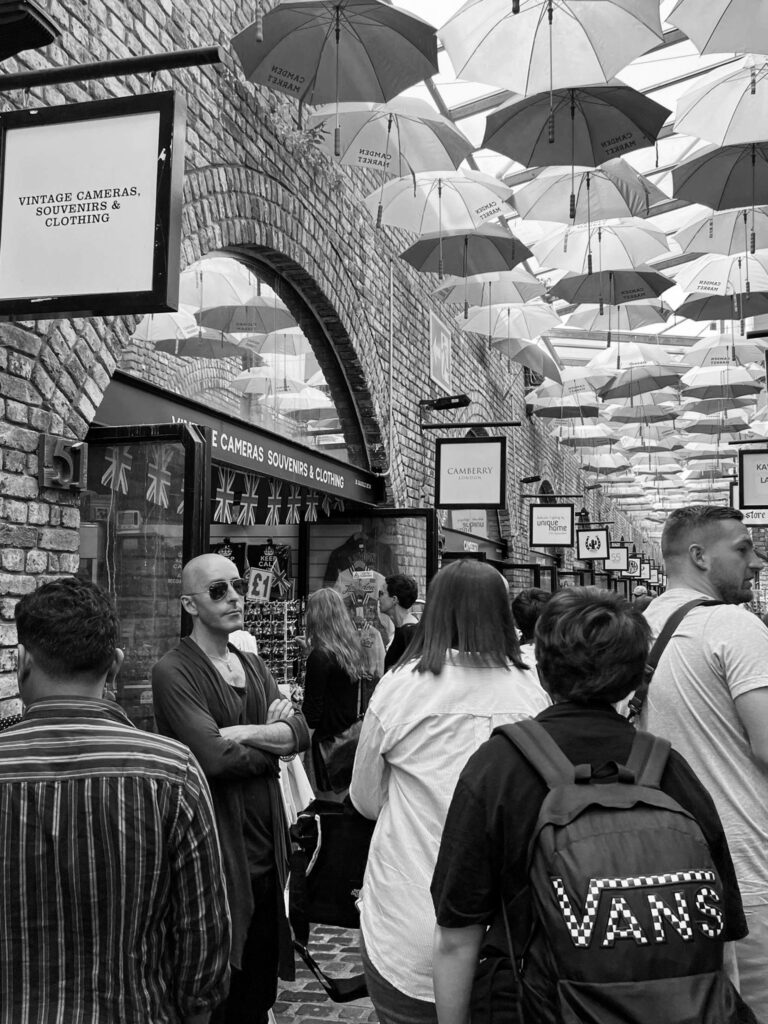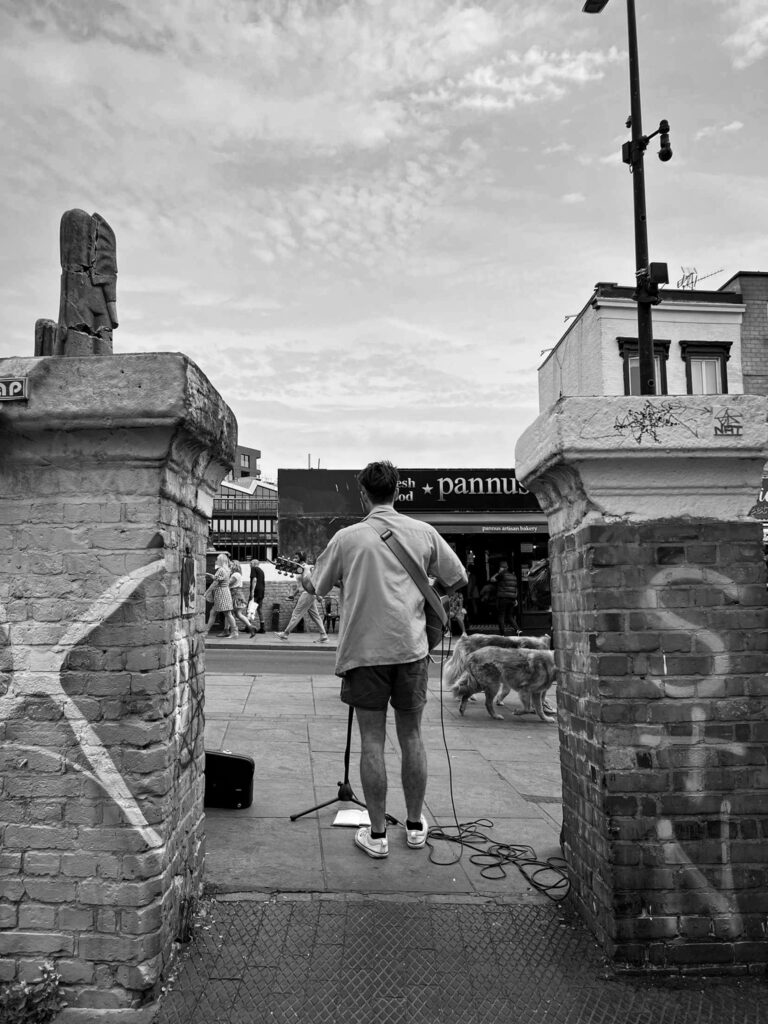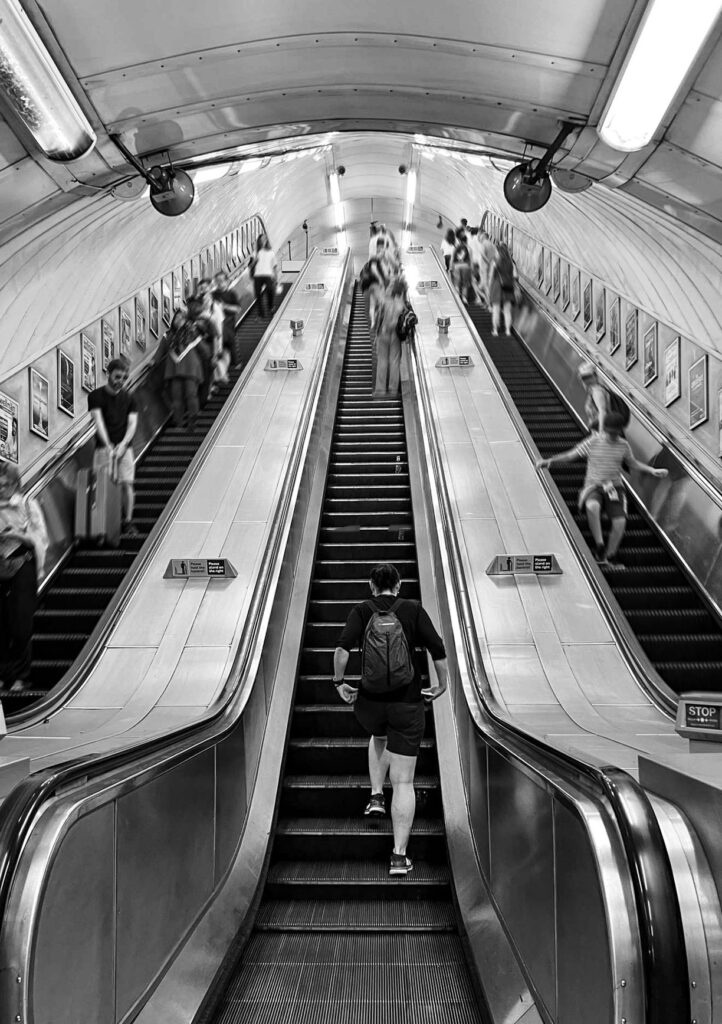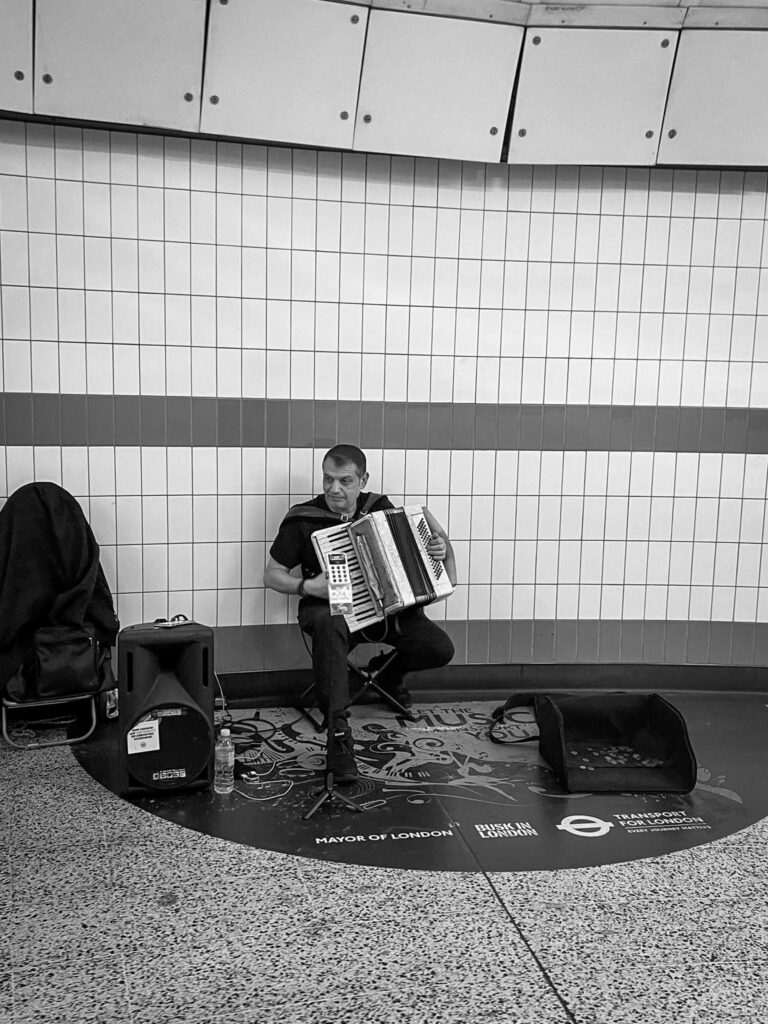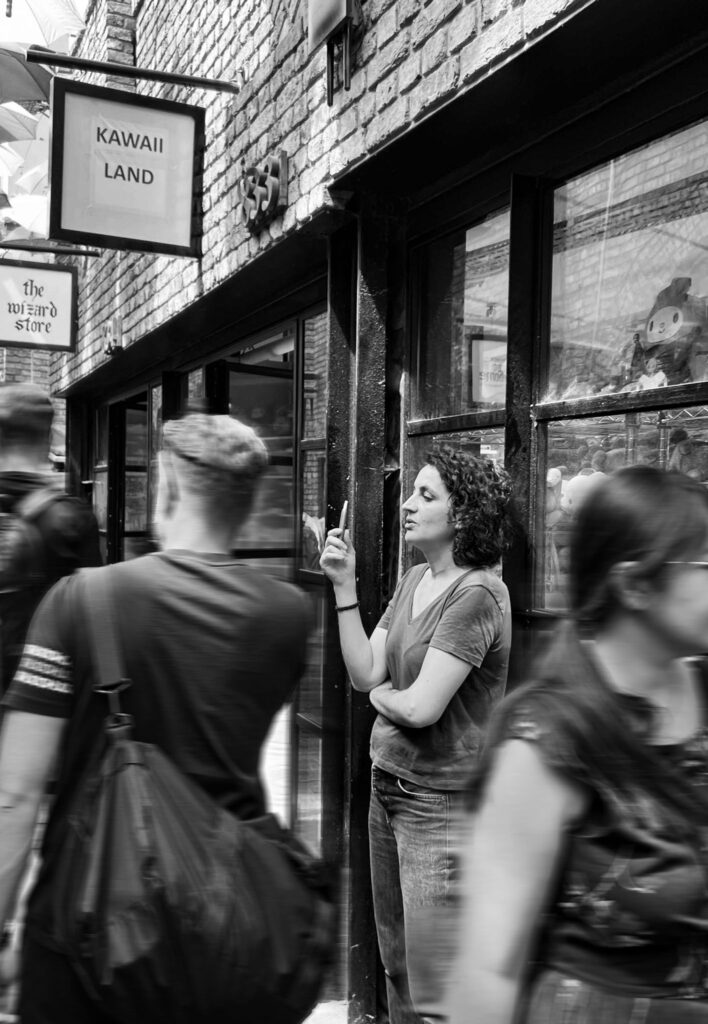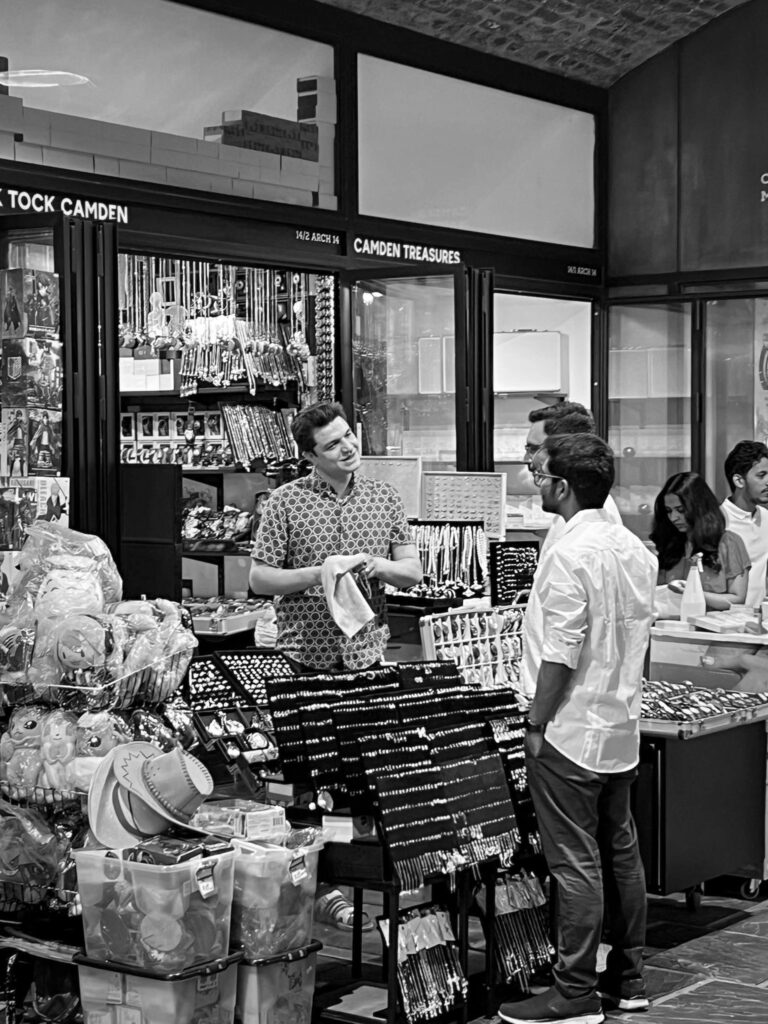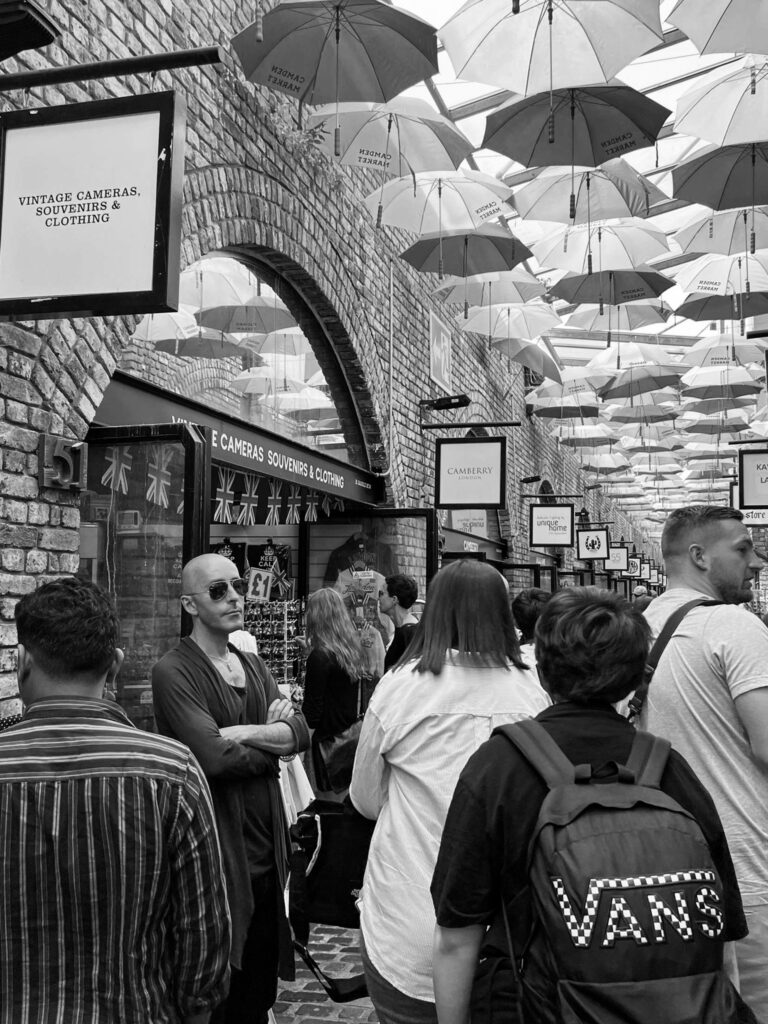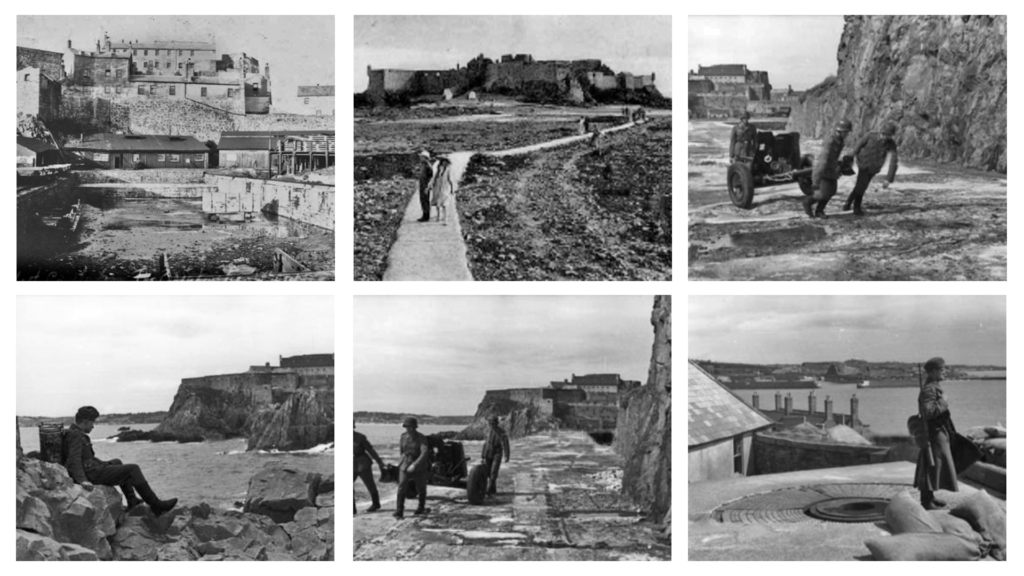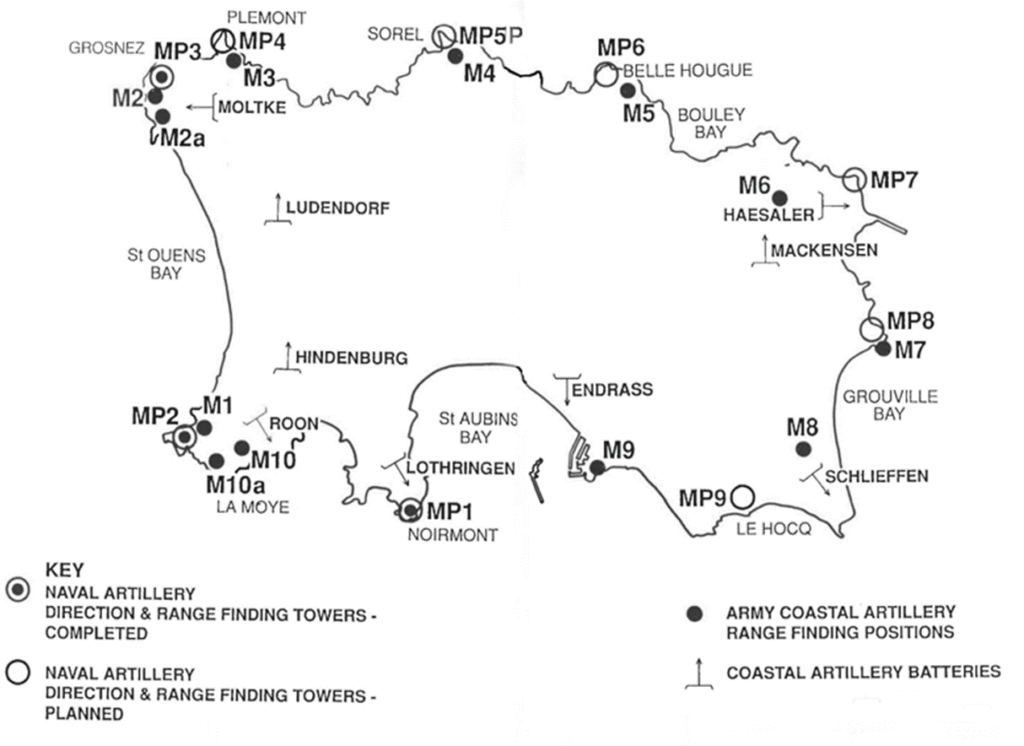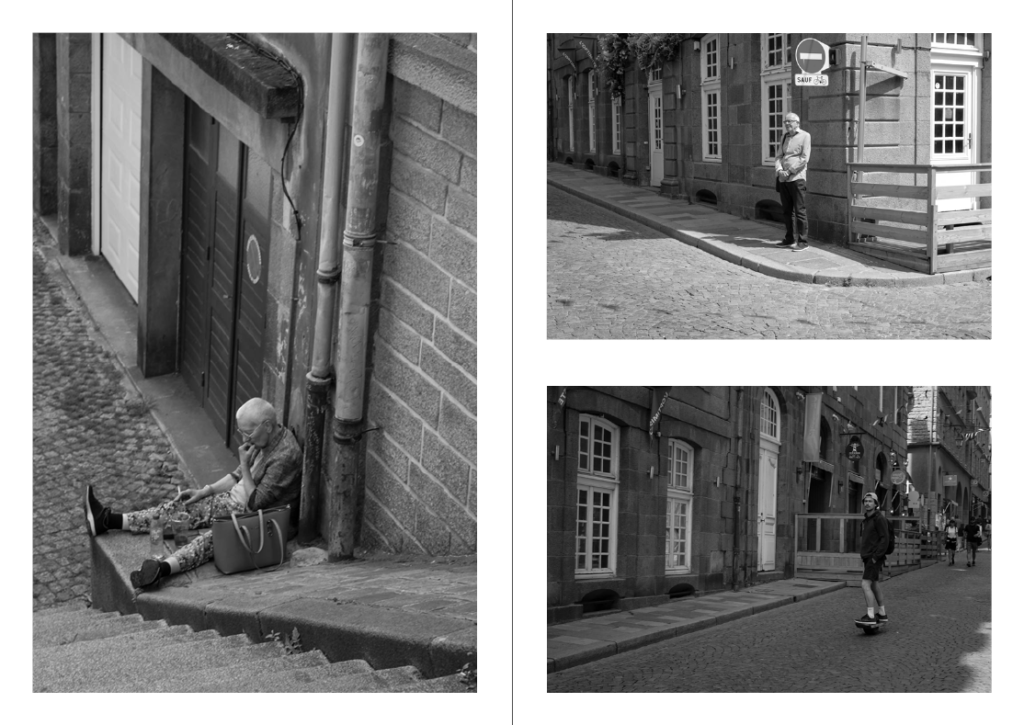Elizabeth castle is located in St Helier, Jersey. The castle was built in 1601, making it 422 years old and for 400 years this contained a priory, and for the last 350 years a castle. It is accessible only on low tide by foot, if the tide is high, you have to get a boat over. Construction of the castle began in 1594, and continued in the first years of the 17th century under the then governor of Jersey, Sir Walter Raleigh, who named it “Fort Isabella Bellissima” (the most beautiful Elizabeth) after Elizabeth 1st.
Today, the castle is administered by the Jersey Heritage Trust as a museum site: among the historical displays are the Jersey Royal Militia Museum holding several centuries of military memorabilia. Every Sunday through the season when the castle is open, a team of historical interpreters recreate the garrison of 1781, at the time of the battle of Jersey. Displays are given of musket firing, cannon firing and civilian life.
Photo archive
Occupation
The Occupation of Jersey by German Forces during the Second World War commenced on the 1 July 1940. The Occupation was to last for nearly five years and eventually ended on the 9 May 1945 – Liberation Day.
Following the defeat of France, Winston Churchill reluctantly made the decision that British troops be withdrawn from the Channel Islands and redeployed. This left the five islands completely demilitarised. Around 25,000 occupants were evacuated to Britain. Almost all of Alderney’s residents were evacuated, along with around half the population of Guernsey and a fifth of the people from Jersey. The United Kingdom government provided ships to evacuate women, children and men who wished to join the forces when it seemed that Occupation was inevitable.
Britain suppressed the news that the islands had been demilitarised, so when Germany attacked it did so with bombings, killing 44 islanders on Jersey and Guernsey. The Nazis occupied four islands – Jersey, Guernsey, Alderney and Sark. It was the only British territory to be occupied. They would remain there until the end of the War in Europe in May 1945.
Hitler believed the Channel Islands might be a ‘stepping stone’ from which to invade Britain. They were also a useful propaganda tool – to show that the Nazis occupied British land.
German Military
The military consisted of varying numbers of troops, around 25,000 in October 1944, with an additional 15,000 Organisation Todt (OT) workers once fortification of the islands began in October 1941.
Gun Emplacements
To counter any attempted Allied assault, beaches were mined in vulnerable landing spots, anti-tank
walls of steel and concrete were built, large clifftop guns put in place, camouflaged gun emplacements installed, the walls of Elizabeth and Gorey castles reinforced, steel spikes planted in
fields where aircraft might land and a radar station established at Les Landes. In order to ferry the
vast amounts of concrete needed, a railway network was created to link with the Ronez quarries on
the north coast.
Synopsis
This short film will consist of images produced at various artillery sites around the island. A voiceover of an elderly man, discussing his experience of the war, will accompany the still images, starting at Elizabeth Castle and expanding to multiple heritage sites. Images sourced from the Jersey Archive will be compared to newer images photographed by us. The new images will consist of differing angles of the heritage sites/artillery emplacements (aerial views filmed by drone).
Mood Board
This mood board shows my inspiration for our short film and what we want the final outcome to look like.



